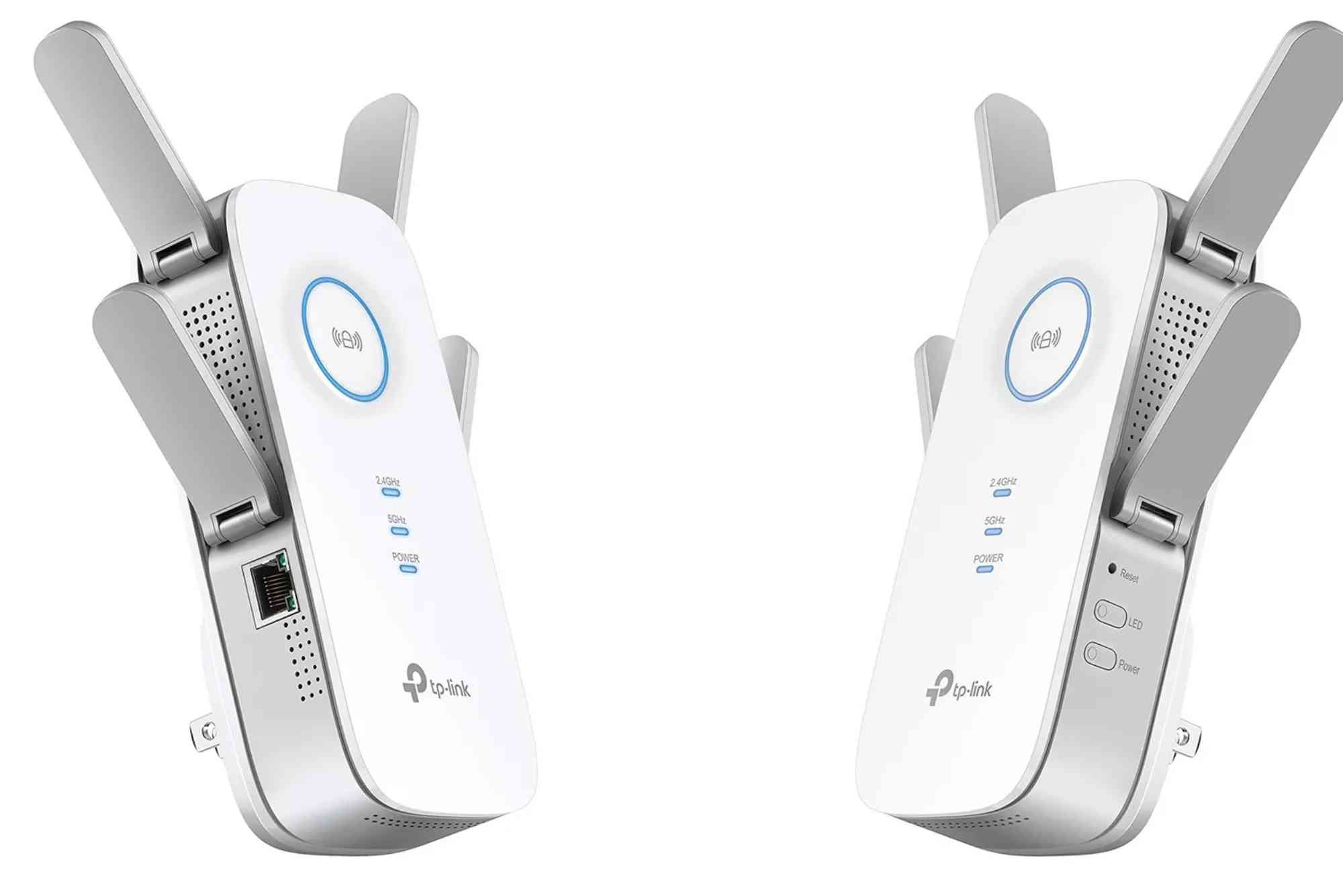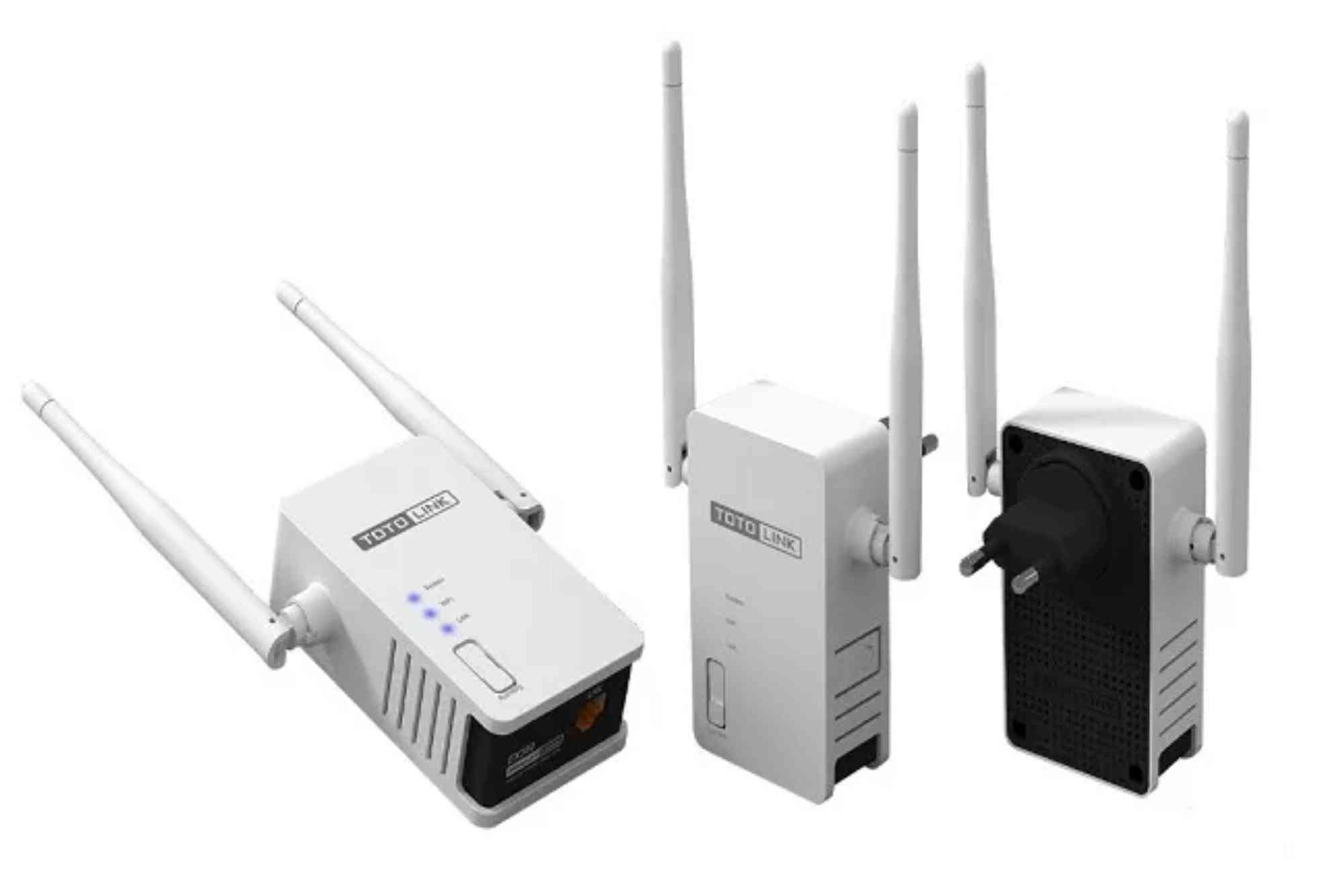How to Disable WPS on Router for Better Security
Wi-Fi networks have become a vital part of our daily lives. But with convenience comes risk, especially if your router has Wi-Fi Protected Setup (WPS) enabled. While WPS was designed to make connecting devices easier, it has several security flaws that hackers often exploit. If you want to protect your home network, it is important to learn how to disable WPS on router and improve your overall security.
In this guide, you’ll discover why WPS is unsafe, the steps to disable it on different routers, and how doing so strengthens your Wi-Fi protection.
What is WPS and Why Is It a Security Risk?
WPS stands for Wi-Fi Protected Setup. It was introduced to simplify the process of connecting devices without typing long Wi-Fi passwords. It allows devices to connect using:
-
A physical WPS button on the router
-
An 8-digit PIN code
-
Near Field Communication (NFC) or push methods in some models
The problem is that the PIN method is easily hackable. Attackers can use brute-force tools to guess the PIN in minutes, gaining unauthorized access to your Wi-Fi network. Once inside, they can steal data, monitor activity, or compromise devices connected to your network.
Security experts strongly recommend disabling WPS to eliminate this vulnerability.
Benefits of Disabling WPS on Your Router
Before you learn how to disable WPS on router, it helps to understand the advantages:
-
Stronger Wi-Fi security – Prevents brute-force PIN attacks.
-
Reduced risk of hacking – Hackers can’t exploit the WPS flaw.
-
Better control – Only devices with the Wi-Fi password can connect.
-
Peace of mind – Your home network stays private and secure.
How to Disable WPS on Router Step by Step
The steps to disable WPS may vary depending on your router brand and model. However, the general process is similar.
Connect to Your Router
Open a browser on your computer or phone and type your router’s IP address, usually:
-
192.168.0.1
-
192.168.1.1
Log in with your admin username and password. If you haven’t changed these, check your router’s label or manual.
Locate the WPS Settings
Inside your router’s admin dashboard, look for Wireless Settings, Advanced Settings, or Wi-Fi Security. Each brand names it slightly differently.
Disable WPS
Find the WPS option and switch it off. Some routers let you disable both the WPS button and the PIN method separately. Make sure both are off.
Save and Reboot
After disabling, click Apply or Save Changes, then restart your router. WPS should now be disabled.
Disabling WPS on Popular Router Brands
How to Disable WPS on TP-Link Routers
-
Log in at 192.168.0.1
-
Go to Wireless > WPS Settings
-
Toggle WPS to “Off”
-
Save and reboot
How to Disable WPS on Netgear Routers
-
Log in at 192.168.1.1
-
Navigate to Advanced > Setup > Wireless Settings
-
Uncheck Enable WPS
-
Apply changes
How to Disable WPS on Linksys Routers
-
Access the router at 192.168.1.1
-
Select Wireless > Wi-Fi Protected Setup
-
Choose Disable WPS
-
Save settings
How to Disable WPS on D-Link Routers
-
Log in via 192.168.0.1
-
Open Setup > Wireless Settings
-
Click Disable WPS
-
Save and reboot
Additional Security Measures After Disabling WPS
Turning off WPS is a major step, but there are more ways to protect your Wi-Fi:
-
Use WPA3 or WPA2 encryption instead of outdated WEP.
-
Set a strong Wi-Fi password with numbers, letters, and symbols.
-
Update your router firmware to patch known vulnerabilities.
-
Turn off remote management unless necessary.
-
Limit unknown devices by checking your router’s connected device list.
For more tips on improving your internet experience, you can also explore Dhanote Internet Services, a trusted provider known for secure and fast connectivity.
FAQs About Disabling WPS
Is it safe to disable WPS on my router?
Yes. In fact, disabling WPS is recommended by cybersecurity experts. It removes a major vulnerability without affecting Wi-Fi performance.
Does disabling WPS affect my Wi-Fi speed?
No. WPS only affects how devices connect to the network. Disabling it will not slow down your internet speed.
Can I still connect devices easily without WPS?
Yes. Devices can still connect using your Wi-Fi password. Modern devices save credentials, so you rarely need to re-enter them.
How do I know if my router has WPS enabled?
Most routers show a WPS status in their admin panel. Some also have a WPS button with an LED light that indicates if it’s active.
What happens if I press the WPS button after disabling it?
Nothing. Once WPS is disabled in the router’s settings, the button no longer functions.
Learning how to disable WPS on router is one of the easiest ways to protect your home network. While WPS was meant for convenience, it creates unnecessary security risks. By turning it off and strengthening your Wi-Fi settings, you take control of your digital safety.
Take a few minutes today to log in to your router, disable WPS, and enjoy peace of mind knowing your network is safer.
Want a faster and more secure internet experience? Along with disabling WPS, consider upgrading your plan with trusted providers like Dhanote Internet Services to ensure both speed and safety.








